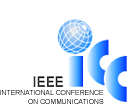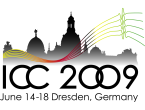General Information.
Welcome to Dresden!
Dresden is the perfect place for the IEEE International Conference on Communications: it uniquely combines over 800 years of historic, baroque background
with the pulsing high-tech multi-billion semiconductor businesses that have turned the region into Europe's number one silicon site. Numerous
companies and R&&D institutions of the mobile communications sector help in establishing a global network of excellence in wireless.
Among them are firms as diverse as ATMEL, KSW, Digades, NXP, Signalion, Radioplan, TechniSat, VodafoneD2, and ZMD. Last but not least, the Technische
Universität Dresden has contributed to this success story - with more than 35,000 students and departments that consistently achieve number one rankings.
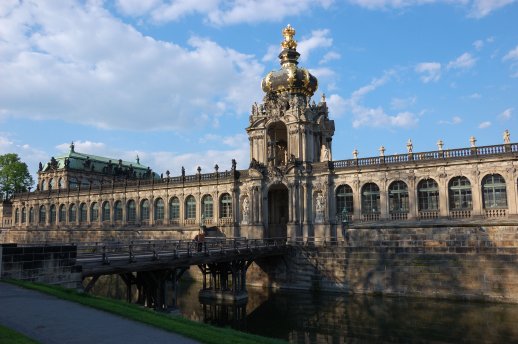
The Zwinger at Dresden - a baroque complex of pavillons and galleries
Dresden can look back on a history full of ups and downs. The city with its 500,000 inhabitants was always part of European politics, e.g., Dresden's
glorius Augustan Age from which most of the cultural treasures originate, the first German Republic 1848 and, unfortunately, the second world war. In the
nights between 13th and 15th February 1945, allied bombers heavily destroyed major parts of Dresden. Since then, major parts of Dresden have been rebuilt
and the picture of Dresden changed, but preserved its baroque charme, the beatiful meadows at the Elbe river. Most of the cultural heritage was rebuilt
more beautiful than ever before. The highlight of the reconstruction process was the ceremonial reopening of the church "Frauenkirche" in 2005 supported
by an international community, among others our sister city Coventry from where the allied bombers departed in the night of the 13th February 1945. More
details on the eventful history of Dresden can be found on Dresden's official homepage: www.dresden.de.
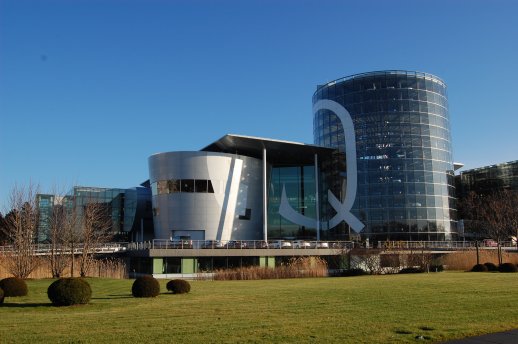
Volkswagen's "Transparent Factory"
Besides its historical importance, Dresden was always a city of culture and tradition with international reputation. Above the beautiful banks of the
Elbe river, Dresden offers a diversity of castles, palaces, museums, theaters, churches and other baroque buildings. These buildings host a variety of
cultural treasures such as the gallery "Gemäldegalerie Alte Meister" (where the Sistine Madonna by Raffaello is shown), the "Grüne Gewölbe" which hosts
the treasure of the old saxonian kings, the "Mathematisch-Physikalischer Salon" presenting different tools used by mathematicians and physicists in the
18th and 19th century and the porcelain collection, to list only a few. More details on all the possibilities which Dresden offers to its visitors can
be found on Dresden's official hompage: www.dresden.de.
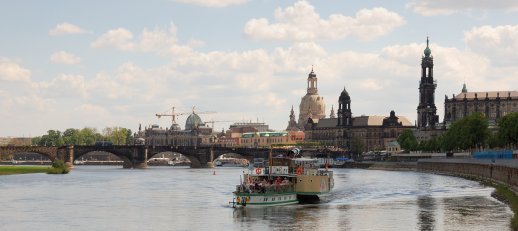
Dresden's skyline seen from the International Congress Center
|
